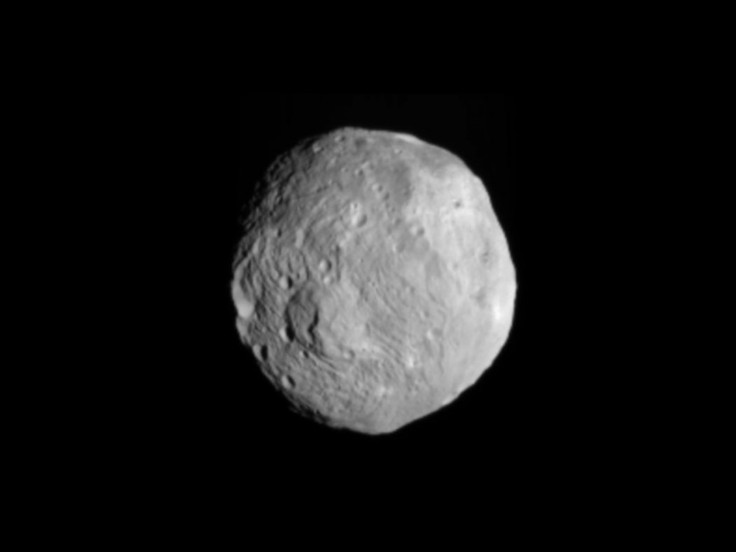NASA Spacecraft Enters Asteroid Vesta After 4 Years of Journey

NASA's Dawn spacecraft on Saturday has entered orbit around Asteroid Vesta to begin a year-long study of the second-most-massive object in the asteroid belt after the dwarf planet Ceres.
Vesta, which was discovered by German astronomer Heinrich Olbers in 1807, is said to be the brightest asteroid and it is thought to be a remnant protoplanet with a differentiated interior.
The observations from Dawn are expected to provide additional information over the formation of our solar system and may pave the way for future human space missions. In addition, Dawn is also expected to gather key data over sending astronauts to an asteroid by 2025.
Dawn spacecraft became the first probe ever to enter orbit around an object in the main asteroid belt between Mars and Jupiter, NASA said in a statement.
Dawn, which traveled 1.7 billion miles to reach Vesta, will study Vesta for a year before departing to Ceres in July 2012. The spacecraft is expected to arrive at Ceres in February 2015.
Today, we celebrate an incredible exploration milestone as a spacecraft enters orbit around an object in the main asteroid belt for the first time, NASA Administrator Charles Bolden said.
The spacecraft relayed information to confirm it entered Vesta's orbit, but the precise time this milestone occurred is unknown at this time.
Dawn spacecraft, which was launched in September 2007, is on track to become the first spacecraft to orbit two solar system destinations beyond Earth.
The mission tries to addresses the role of size and water in determining the evolution of the planets. Scientists believe Ceres and Vesta are the right two bodies with which to address this question, as they are the most massive of the protoplanets, baby planets whose growth was interrupted by the formation of Jupiter.
Ceres is very primitive and wet while Vesta is evolved and dry. Vesta may have rocks more strongly magnetized than on Mars, altering our ideas of how and when dynamos arise with important lessons for Mars, Earth and Mercury.
Ceres may have active hydrological processes leading to seasonal polar caps of water frost, altering our understanding of the interior of these bodies. Ceres may have a thin, permanent atmosphere distinguishing it from the other minor planets.
Key facts about Vesta:
-- Vesta is named after the ancient Roman goddess of the hearth
-- Vesta is the only asteroid ever visible with the naked eye
-- Vesta was the fourth minor planet to be discovered. It is the second most massive and the third largest asteroid
-- Vesta revolves around the Sun in 3.6 terrestrial years
-- Vesta has an average diameter of about 520 km (320 miles). Its surface composition is basaltic.
© Copyright IBTimes 2024. All rights reserved.











